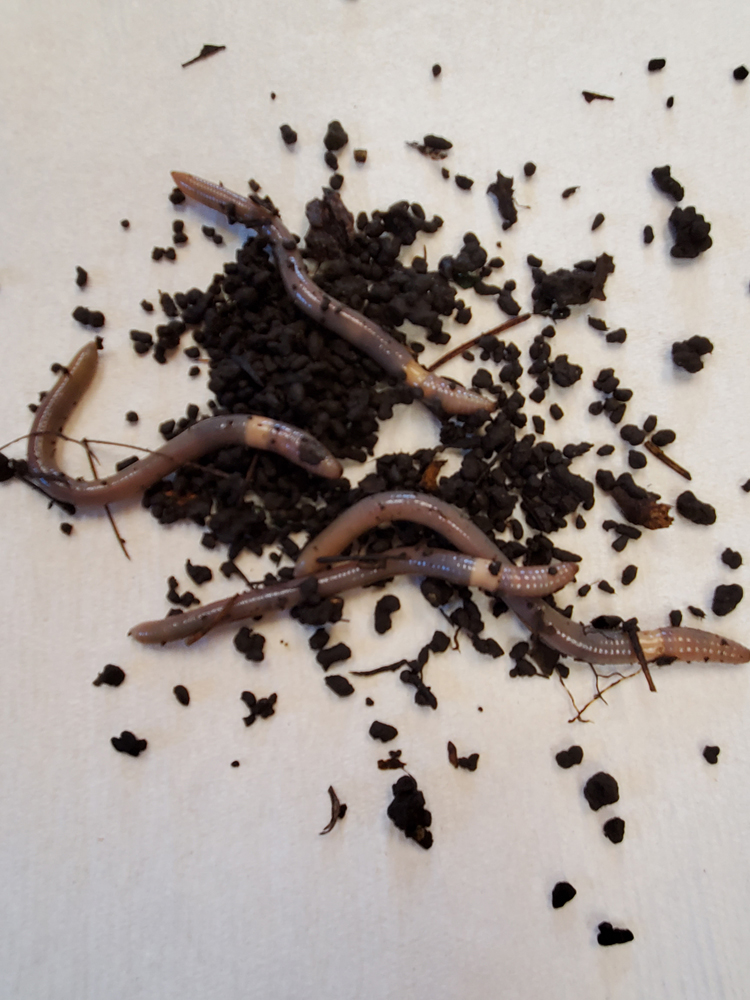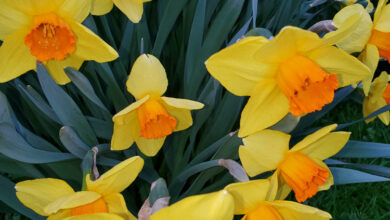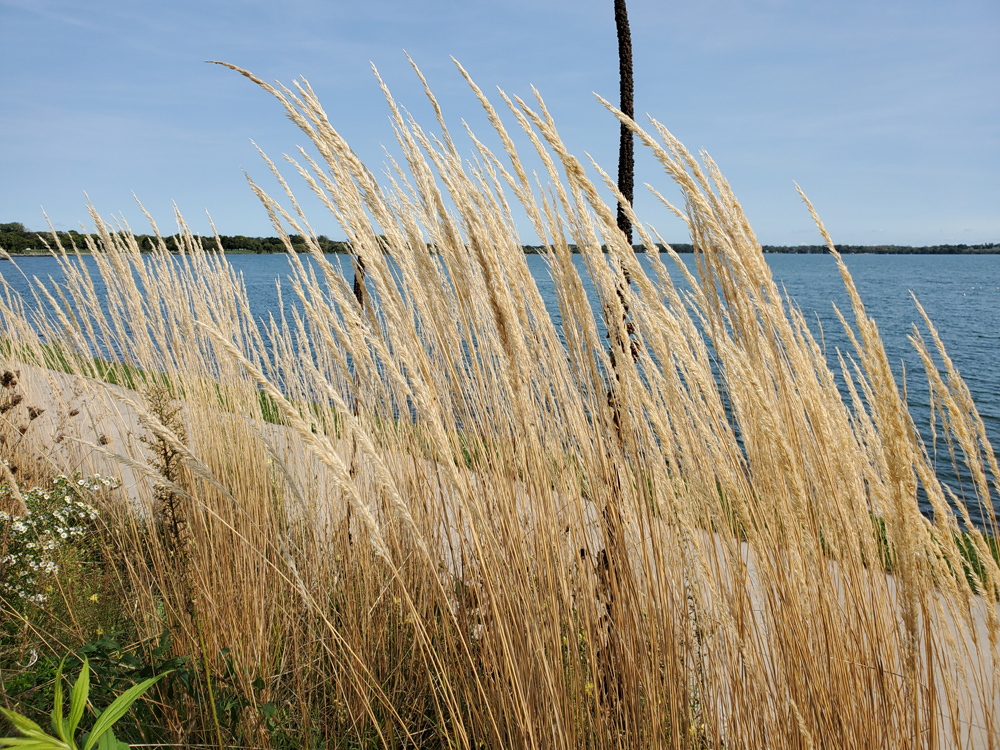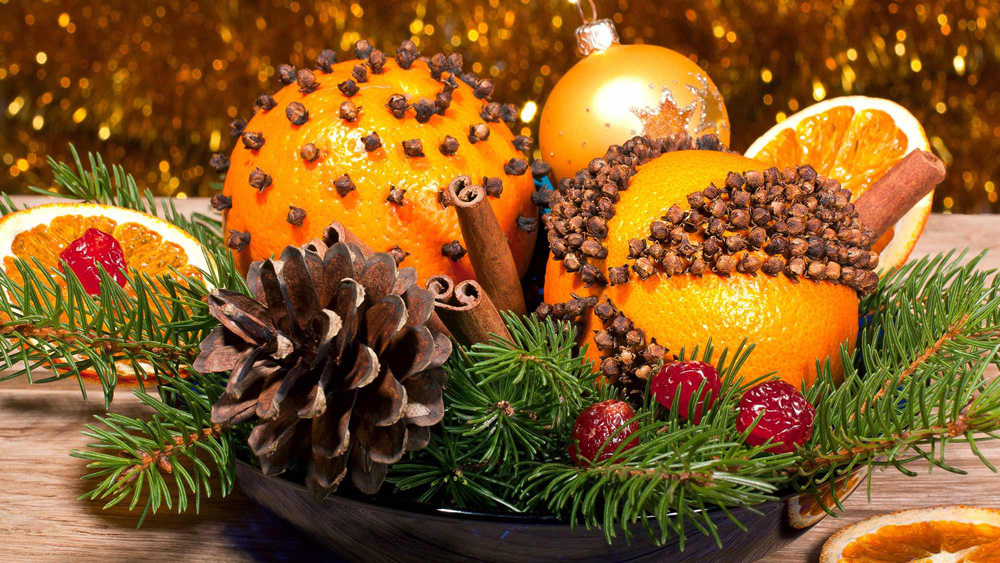Gardens with Japanese elements
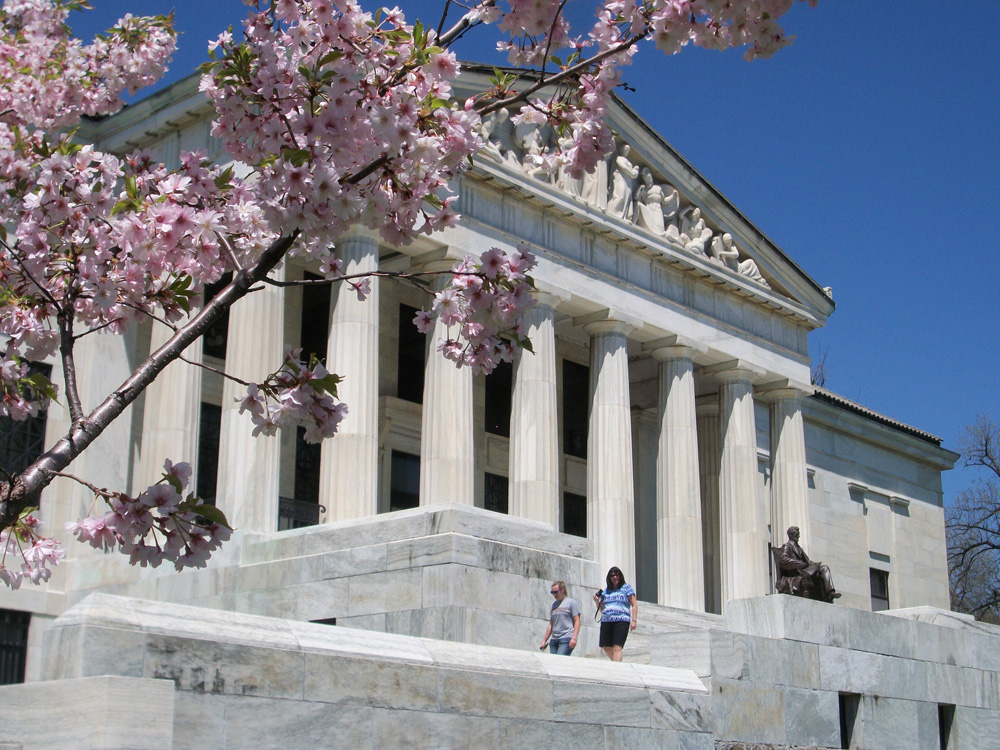
I first became intrigued by Japanese gardens while reading “A Song for Nagasaki” by Paul Glynn, S.M. It is the story of Takashi Nagai, a pioneer in radiology research who survived the bombing of Nagasaki in 1945 (his wife did not) and worked to bring physical and spiritual healing to the people of his city. A convert to Catholicism, he is considered a saint by many Japanese.
Glynn does a wonderful job of explaining details of Japanese culture in the book and the information he provided sparked my interest about Japanese gardens and tea houses.
I don’t have a Japanese garden at home, but this past Mother’s Day, my family made a visit to the Japanese Garden located in Delaware Park in Buffalo.
The garden is situated along part of the shore of Mirror Lake behind the Buffalo History Museum which is the only surviving building from the Pan-American Exposition held in Buffalo from May 1 to November 2, 1901.
This year, the garden hosted the first Buffalo Cherry Blossom Festival sponsored by the Friends of the Japanese Garden in collaboration with the Buffalo History Museum and the Olmsted Parks Conservancy from April 23 to May 4 and the large collection of cherry trees was still very much in bloom May 11.
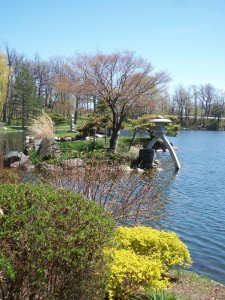
The Japanese Garden covers six acres and was conceived in 1970 as a place of beauty and tranquility as well as to commemorate Buffalo’s sister city relationship with Kanazawa, Japan.
The garden has undergone more than one renovation over the years and during a renovation in the mid-1990s, the city of Kanazawa played a large part in providing trees, shrubs, paths and unique stone Japanese lanterns.
The garden slopes down from the back of the museum to the shore of Mirror Lake and a natural stone stairway set into the hill is made from large stones brought from Japan. A large Japanese Shinto gate in the garden also came from Japan.
American landscape architects and contractors worked hand-in-hand with Japanese garden designers and a Japanese garden crew during the renovation in the 1990s to ensure the garden’s integrity and authenticity.
In addition to the cherry trees, plantings include specimen Japanese pines and maples, some of which are planted on three tiny islands in the lake just off the shore. All were pruned by Japanese experts. There are also plantings of azaleas which were not yet in bloom when we visited.
During our Mother’s Day tour, the cherry blossoms were quite impressive (although it sure didn’t top Highland Park in Rochester at lilac time) and the weather was sunny and warm.
The Buffalo History Museum, which served as the New York State Pavilion during the Pan-American Exposition, is a stunning backdrop above the lake and garden. It is faced with Vermont marble and the south portico is a scaled-down version of the east front of the Parthenon. Mirror Lake also adds to the beauty of the setting.
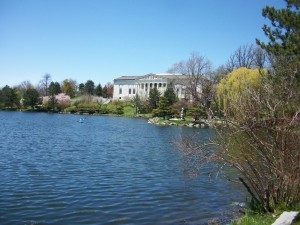
The garden, itself, was just beginning its springtime wake-up and I would love to go back and visit in the summer and the fall to see the Japanese Maples and other plants while they are at their peak.
Visiting the garden provides garden inspiration and makes a nice day trip as it is located just across Elmwood Avenue from the Buffalo State College campus. The “Elmwood Village” neighborhood of Buffalo is located just to the south along Elmwood Avenue and has many restaurants with outdoor dining as well as shops. The Albright-Knox Art Gallery and the Burchfield Penney Art Center on the Buffalo State campus are also nearby on Elmwood.
The garden is located at 1 Museum Court at the intersection of Elmwood Avenue and Nottingham Terrace. Take the New York State Thruway west to Exit 51 West. Merge onto Route 33 West toward Buffalo. Take the exit onto NY 198 West and exit at Elmwood Avenue North. Nottingham Terrace comes up quick on the right and the parking lot for the museum is a sharp right after that.
Photos by Kristina Gabalski
Straw bale update:
I’m still working to condition my straw bale for gardening. I plan to plant sweet peppers in the bale which I will do very soon. I’ve been adding organic fertilizer including blood meal and have kept the bale moist by watering.
The bale feels warm inside, but not hot. In his book, Straw Bale Gardens, Joel Karsten says air temps do have an effect on temps inside the bale and not to worry if it doesn’t feel hot. He says bacteria growth is still happening inside – a vital composting process which prepares the straw to become a planting bed for seeds and transplants.
Karsten came up with the method of planting in straw bales while in college. He grew up on a farm in Minnesota and noticed how thistle plants would grow in straw bales which had gotten wet and were discarded.
His book includes a detailed conditioning regime which covers 10 to 12 days of watering the bales and adding various amounts of fertilizer. He recommends “warm” water for the bales. That is water drawn the day before and left in a bucket, as cold water right from the hose can slow down microbial activity inside the bale. He suggests adding one cup of 10-10-10 general fertilizer at the end of the process to get phosphorus and potassium worked into the bales. Organic gardeners can use bone or fish meal with wood ashes for potassium.
Karsten says if cracks develop in the bales, fill them in with a good potting mix.



